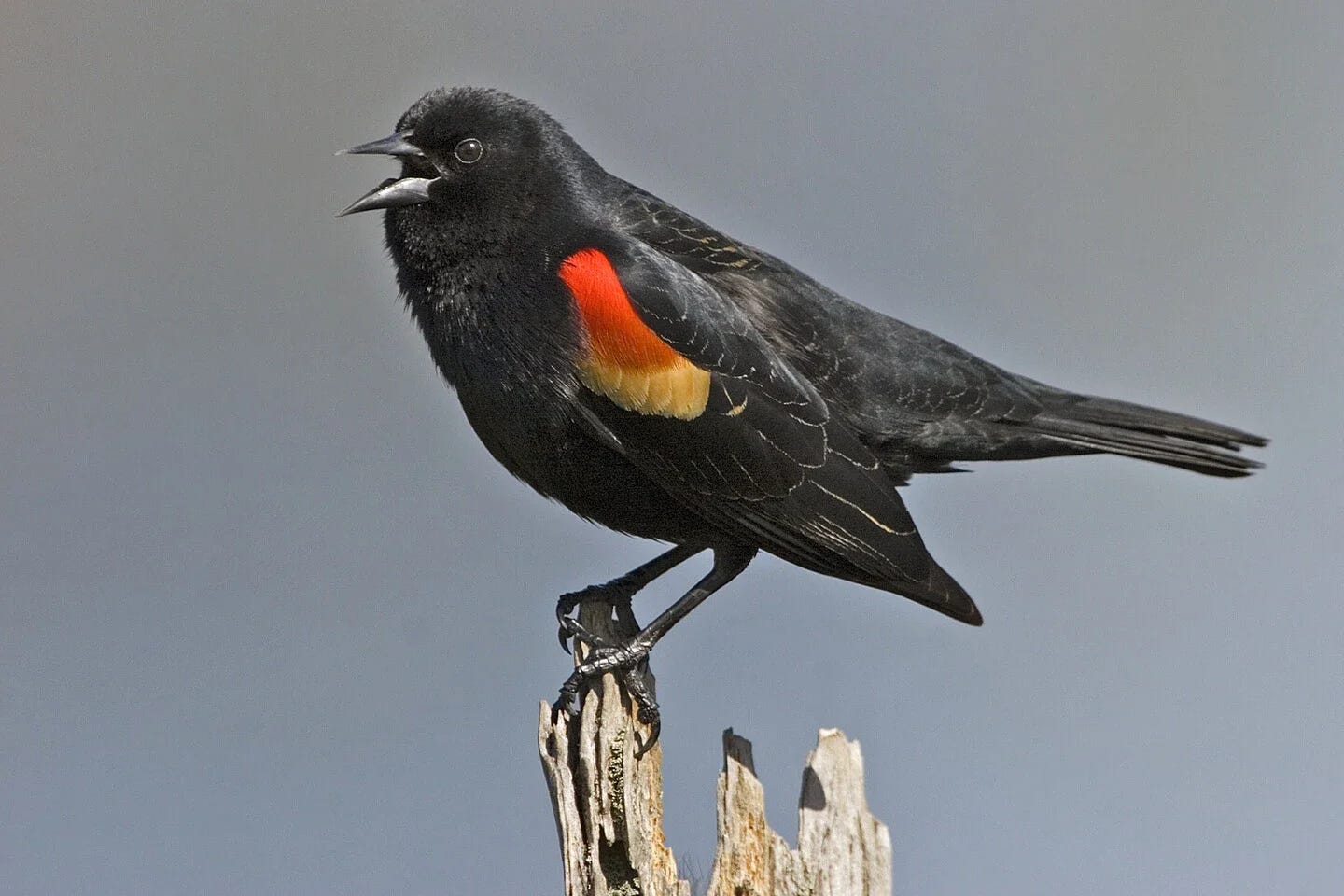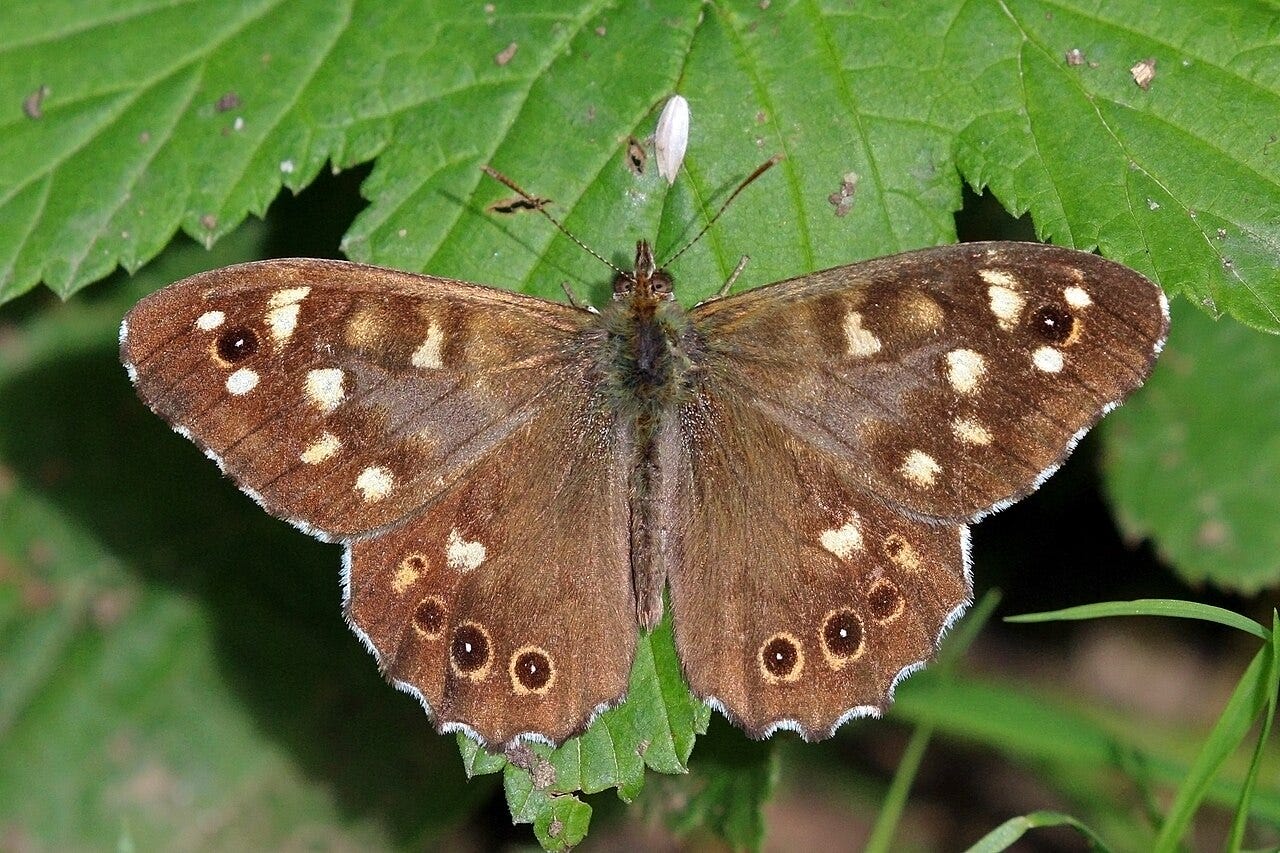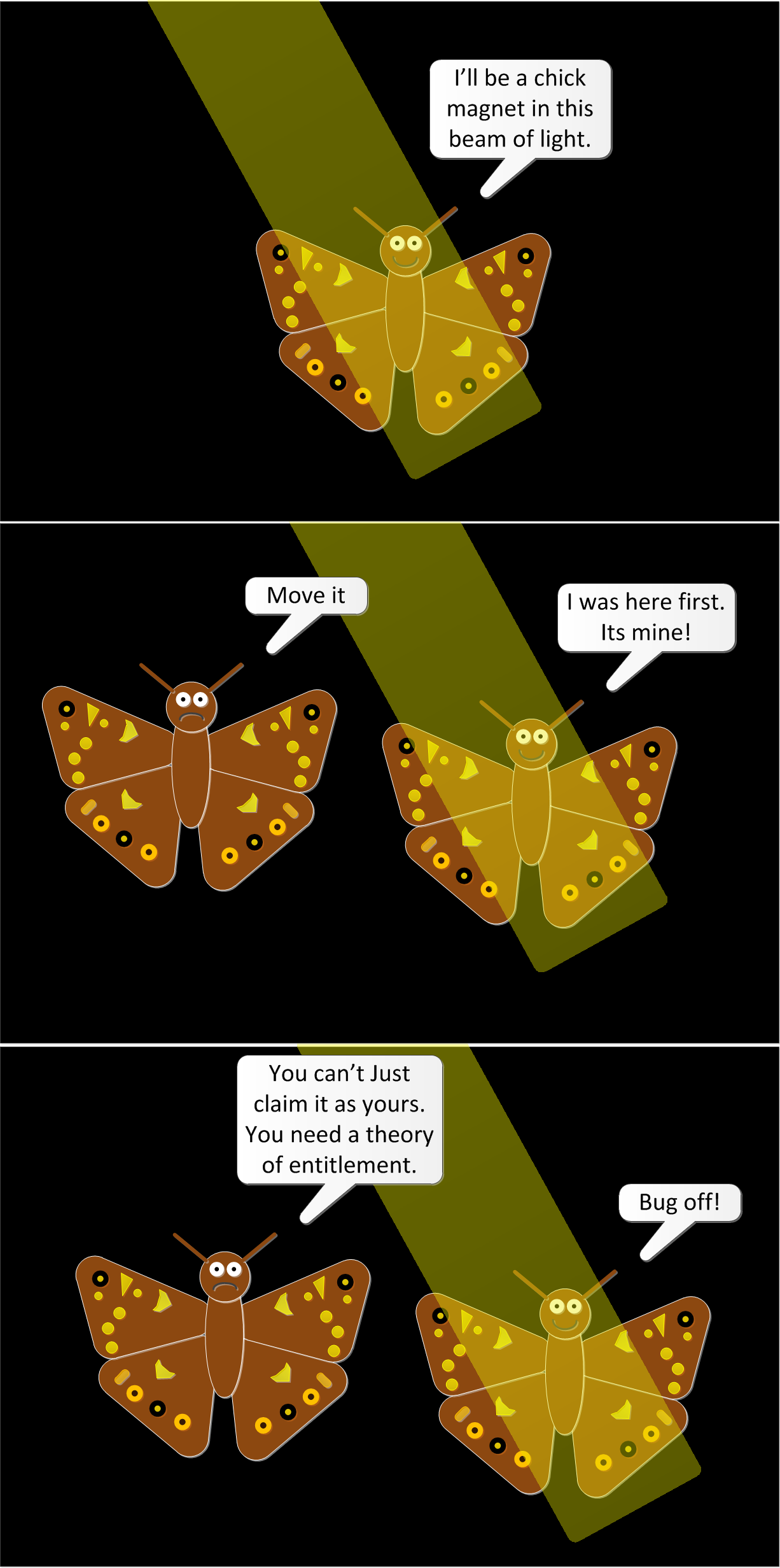Property is Not Just a Human Social Construct
Respecting prior occupancy and defending prior occupancy is observed in animal territorial behavior.
I sometimes take my family to a nearby park to feed ducks. On one of these visits, we found that in a particular part of the park there was a male red-winged blackbird that would chase any ducks or even geese that crossed some invisible line in the pond. This daring little bird would chase a goose many times his size until it left his territory. I could estimate where the border of his territory was, by throwing breadcrumbs to lure ducks or geese into his territory to see his reaction. He was clearly claiming ownership over a part of the pond. The ducks and geese were generally respecting it except when I enticed them with breadcrumbs.
It is often said, that respect for property rights are just a social construct, it is a made up concept. It is imaginary, or a myth. It is commonly held that there would be no concept of property without the state or society to define property. Yet, the fundamental behavior of respecting prior occupancy is not just a human social construct. Respecting prior occupancy is an evolutionary adaptation that humans and other animals have developed to reduce conflict that arises from competition over scarce resources.
History is written as though private property is a product of modern civilization, a construction that exists only to the extent that it is defined and protected by judicial institutions operating according to legal notions of ownership. However, it is likely that private property in the fruits of one’s labor existed for as long as humans lived in small hunter-gatherer clans,… modern notions of property are built on human behavioral propensities that we share with many species of nonhuman animals.
–The Evolution of Private Property by Herbert Gintis
Fundamentally respecting property is the behavior of yielding to incumbent owners and defending one’s own incumbent ownership against interlopers.
The behavior of respecting prior occupancy is observed in animals territorial behavior. Many animals mark their territory and defend it against members of their own species and sex. Male Red-winged Blackbirds look for territories that have desirable habitat for females to nest and forage, so they can attract more females to their territory. Males compete for territories, with size, weaponry, display sometimes determining their likelihood of winning. Yet incumbent occupancy tends to be the biggest factor in determining their likelihood of winning a territory dispute.
-Speckled wood butterfly (Pararge aegeria) male, Fermyn Woods, Northamptonshire, Charles J. Sharp
Even very primitive animals like butterflies have been observed to exhibit the behavior of property over light beams. Males of some species of butterflies dance in light beams to attract females. Light beams are a scarce resource. Speckled Wood butterflies have adapted the behavior of yielding to other male butterflies that are prior occupants of the light beams, and fighting interloping males to protect their possession of a light beam they already have.
Humans have much more sophisticated behaviors concerning property than animals. We can survey land, and record territory with documents. Social constructs like deeds and contracts are much more sophisticated than the primitive territorial marking and signaling animals use. However, the fundamental behavior of property has existed prior to humans, and human society.
The park I was feeding ducks at, is a privately owned park shared by several businesses in the area, and of course, the humans that own the park likely do not respect the red-winged blackbird’s ownership. Animals often do not respect the territories of other species, for example, predators often violate the territory of their prey. However the fundamental behavior of property can be observed in the red-winged blackbird’s defense of his territory and the other male red-wings, along with sometimes ducks, and geese showing general respect for his territory.
The red-winged blackbird does not need a state or human society to define what he owns. He does not need to have an entitlement theory. Property rights exists because they are a successful strategy for individuals to deal with scarce resources. The next time you hear the call of the red-winged blackbird, remember that he shares with us a common propensity for respecting and defending property.
To read more on how property reduces conflict see, The Property Strategy.
References:
The property ‘instinct’ by Jeffrey Evans Stake
The Evolution of Private Property by Herbert Gintis PDF
Owner and floater red-winged blackbirds: determinants of status by Dave Shutler, and Patrick J. Weatherhead
The Territorial Imperative: A Personal Inquiry Into the Animal Origins of Property and Nations by Robert Ardrey






